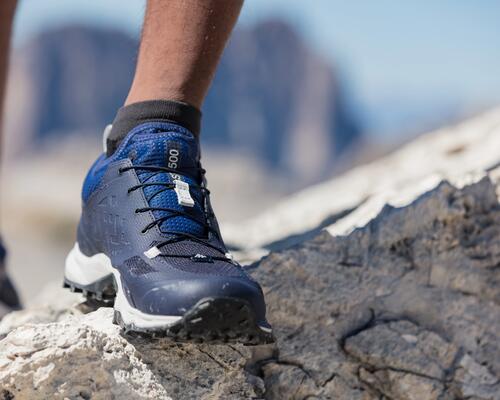6 - So to sum up, to avoid blisters, you need either a good boot, a good sock or a good hiking insole?
Julien: “No, what it takes is a combination of all three. You can have the best boot in the world, but if your sock isn’t suitable for hiking and doesn’t wick moisture properly, you’ll end up with blisters. If you put in an insole that doesn’t support the foot properly, even in the best boot in the world, there will be play inside the boot that will cause rubbing, and therefore the appearance of blisters.”
Edward: “These are three complementary products, a triptych that maximises your chances of staying comfortable while hiking.”
Claire: “And these are three products which are tested together, in the laboratory, and then validated in the field adapted to their design, by practitioners. For example, a boot designed to do 8 km, we test for 8 km, with the appropriate socks and insoles.”



